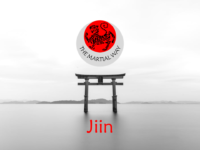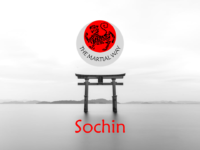Jiin is not a JKA kata. Often paired with Wankan because both were excluded from Masatoshi Nakayama's Best Karate volumes, these kata are quite unpopular and rarely, if ever, practiced. Jiincan be interpreted as "Love and Shadow," with some preferring the translation of "Temple Grounds." Gichin Funakoshi named the kata Shokyo which translates as "Pine Shadow," but this name was never adopted by…
Learn more
Jiin







